Robert
Tapehead
Popped the R3s in yesterday.........no no no no.......lovely bass integration but I still can't understand the HF balance on these. All that hissing, swishhing and tizzing.
How can they get the balance so right with the LS50 and wreck it on the R Series?
Still, reviewers love them and they sell....hey ho. I notice that R Series have the full Cinema package thing going on with mains and satelites and Atmos boxes. Perhaps that explains why the tweeter appears to be set 3dB too high!
How can they get the balance so right with the LS50 and wreck it on the R Series?
Still, reviewers love them and they sell....hey ho. I notice that R Series have the full Cinema package thing going on with mains and satelites and Atmos boxes. Perhaps that explains why the tweeter appears to be set 3dB too high!


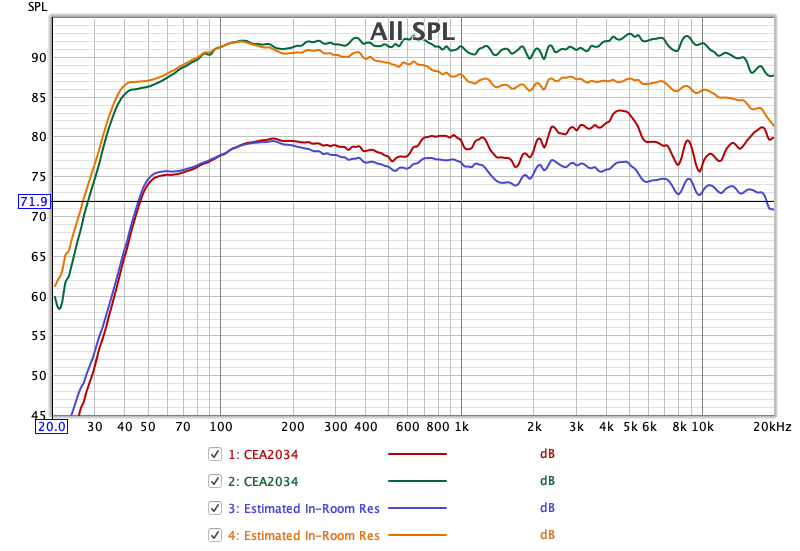
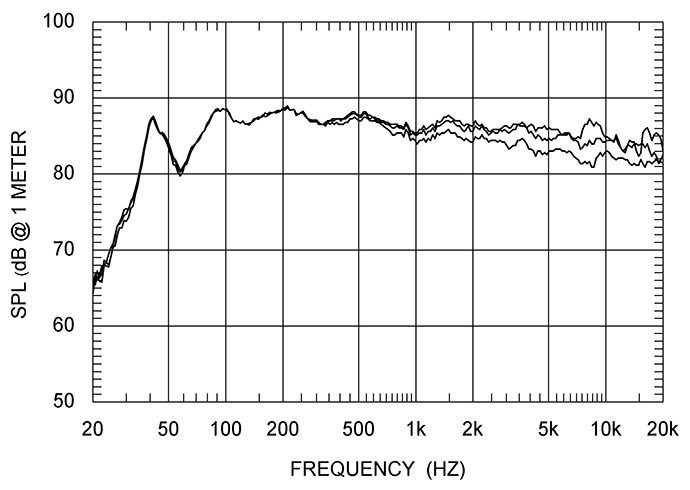
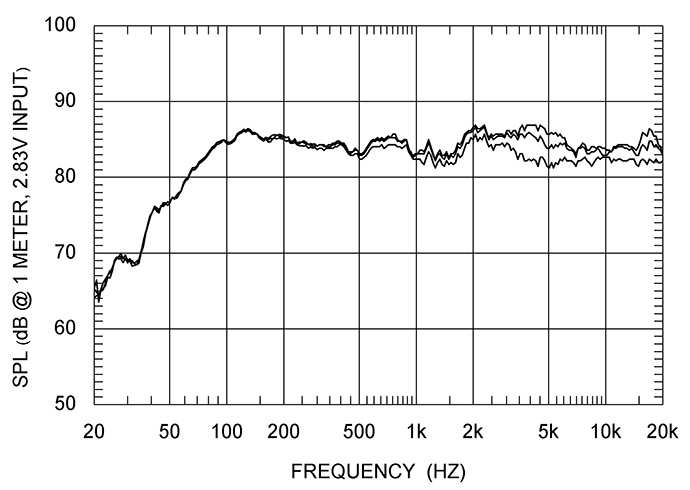
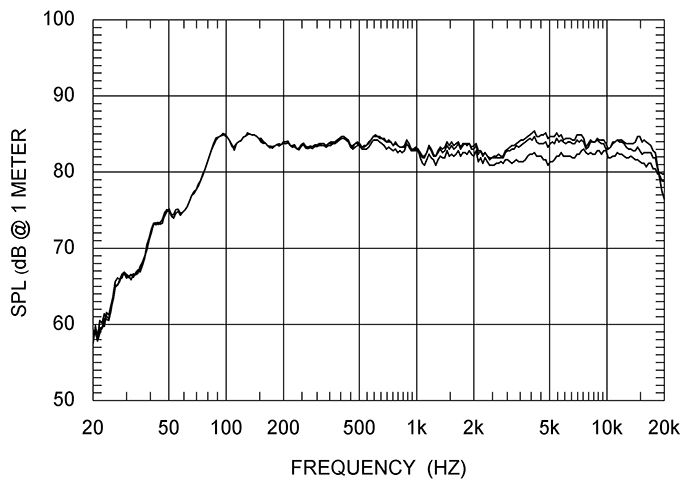
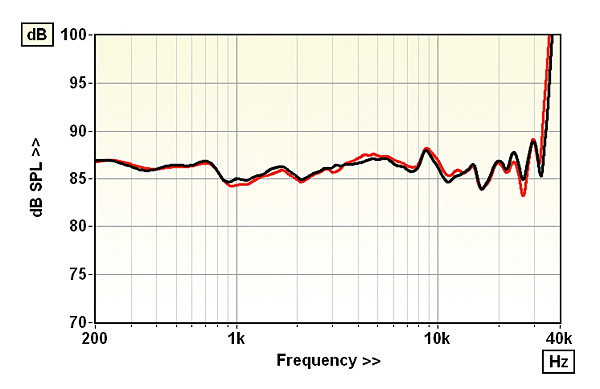
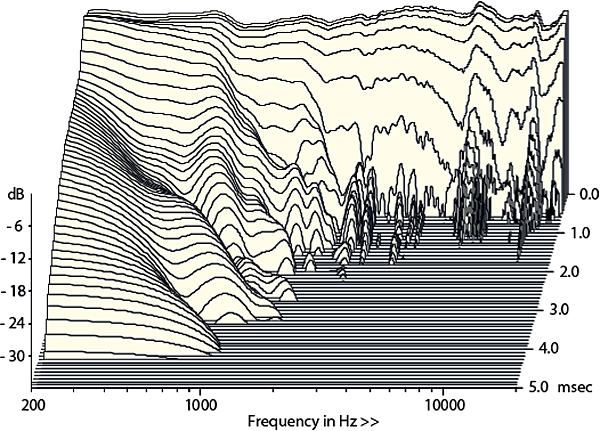
 InkedKEF R3 Three-way stand mount Speaker CES-2034 Spinorama Predicted In-room Response Audio Measu.._LI
InkedKEF R3 Three-way stand mount Speaker CES-2034 Spinorama Predicted In-room Response Audio Measu.._LI